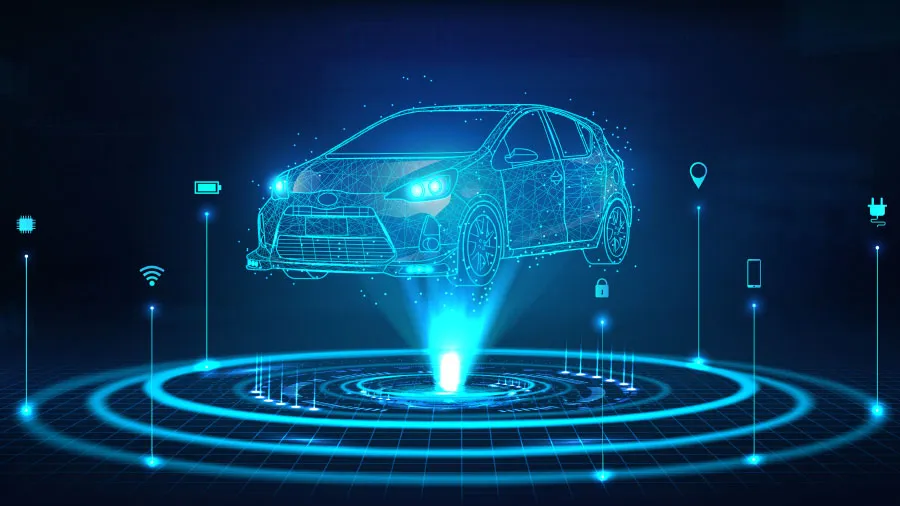
How ‘Make In India’ Is Driving Swift Growth Of Country’s EV And Automobile Sector
The ‘Make in India’ initiative, launched in 2014, has significantly accelerated the growth of the country’s electric vehicle (EV) and broader automobile sectors. By fostering local manufacturing, innovation, and investment, this program has positioned India as a formidable player in the global automotive landscape.

Surge in EV Manufacturing
The ‘Make in India’ campaign has been pivotal in boosting domestic EV production. Notably, Tata Motors emerged as a market leader, selling over 61,000 EV units in 2024. Other manufacturers, including BYD and MG, are also expanding their footprint in the Indian EV market.
Government Policies Fueling Growth
Supportive government policies have been instrumental in this growth trajectory. The recent removal of import duties on essential components for EV batteries and mobile phones aims to bolster local manufacturing and enhance export competitiveness. Additionally, the Faster Adoption and Manufacturing of Hybrid and Electric Vehicles (FAME) scheme offers incentives for EV purchases and establishes charging infrastructure, further encouraging EV adoption.

Economic Impact and Employment
The automobile industry significantly contributes to India’s economy, accounting for approximately 7.1% of the GDP and nearly 49% of the manufacturing GDP. The sector’s expansion has generated substantial employment opportunities, with the potential to create 65 million additional jobs by 2026.
Technological Advancements and Collaborations
The initiative has fostered technological innovation and international collaborations. For instance, Tata and Tesla are joining forces to revolutionize India’s EV supply chain, driving innovation and growth in the sector. Such partnerships enhance India’s technological capabilities and position it as a global hub for automotive innovation.
Future Outlook
The Indian automobile industry is poised for robust growth, with projections indicating a compound annual growth rate (CAGR) of 8.20%, potentially reaching $187.85 billion by 2029. This growth is propelled by technology adoption, government policy, and shifting consumer preferences, positioning India as a formidable player in the global automotive market.
Conclusion
The ‘Make in India’ initiative has been a catalyst for the rapid development of the EV and automobile sectors, fostering economic growth, technological advancement, and employment generation. With continued support and strategic collaborations, India is well on its way to becoming a global automotive powerhouse.




